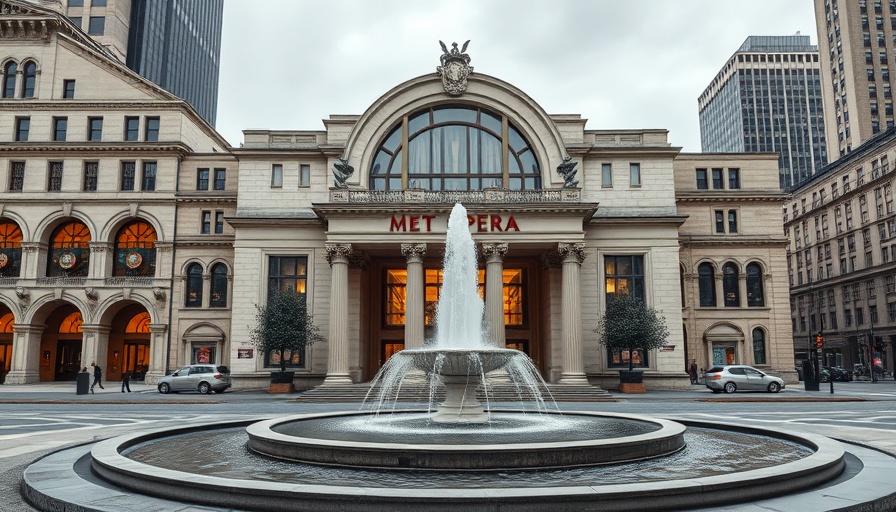
Unraveling the Hidden Dangers: Art That Can Kill
A little knowledge is a dangerous thing. But who would have thought that books could kill? This surprising premise underlies an engaging exhibit currently showcased at Baltimore's Walters Art Museum, which explores four toxic pigments historically used in book illustrations and bindings: arsenic, mercury, lead, and orpiment, a vivid yellow mineral. As the exhibit winds down to its conclusion on August 3, it invites visitors to reflect on the art that has historically fascinated and harmed us in equal measure.
Colorful But Toxic: The Allure of Art
The pigments on display yield captivating hues – from a jewel-like green that could rival emeralds, to a vibrant reddish-orange reminiscent of sunsets. These materials, including lead which forms the brilliant "lead white" pigment, have phenomenal staying power, preserving their brilliance for centuries. However, their beauty came at a cost. One standout example is “Paris green,” a vivid green pigment praised by renowned artists such as Monet and Van Gogh. Despite being recognized for its toxic properties by the mid-1800s, Paris green remained in use until well into the late 20th century.
Modern Dangers: Art and Toxicity Today
Interestingly, the conversation about toxic materials isn’t confined to the past. Today, some modern art supplies still contain harmful chemicals. For example, the spray paint popularized by graffiti artists often includes volatile organic compounds that can cause serious respiratory issues. Annette Ortiz Miranda, a conservation scientist at Walters, emphasizes that contemporary artists often adopt more responsible practices, utilizing protective gear while working with these materials.
A Tantalizing Historical Context
The use of poisonous materials stretches back thousands of years. Ancient Egyptians, for example, were known to employ heavy metals and toxic minerals in their artworks. This historical context adds depth to the current exhibit, paving the way for discussions on how we define art safety and responsibility in the present day.
Common Misconceptions About Art and Chemicals
Many people may assume that older artworks are inherently more dangerous due to their use of identified toxic substances. However, even many contemporary pieces can pose risks. This misconception highlights the importance of understanding both past practices and current ingredients in art-making, emphasizing the ongoing need for awareness and education regarding these issues.
Art and Cultural Heritage: A Double-Edged Sword
This exhibit raises vital questions about our relationship with cultural heritage. On one hand, we cherish the vibrant history that these pigments represent; on the other, we must confront the paradox of beauty tangled with danger. The Walters Museum’s initiative is a reminder that art transcends mere aesthetics, acting as a cultural artifact that can influence life and health.
What's Next for Art Exhibitions?
With environmental awareness on the rise, future art exhibitions could explore sustainable and safe mediums more exhaustively. Moving toward eco-friendly solutions not only protects artists but also ensures that audiences can enjoy art without the hidden risks associated with toxic materials. This evolving discourse around art and safety is essential for the health of our creative economy.
As the Walters Art Museum exhibit draws to a close, it compels us to consider why we’re drawn to these colorful yet hazardous materials, the stories they tell, and the risks we are willing to accept for beauty. Residents of Marin would do well to visit and immerse themselves in this unique historical narrative before it hops out of town.
 Add Row
Add Row  Add
Add 




 Add Row
Add Row  Add
Add 

Write A Comment